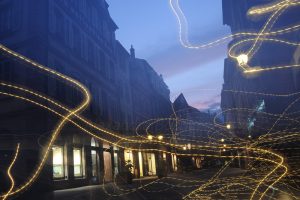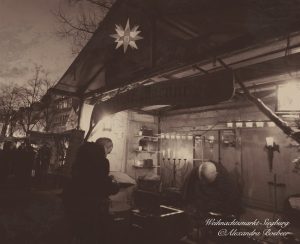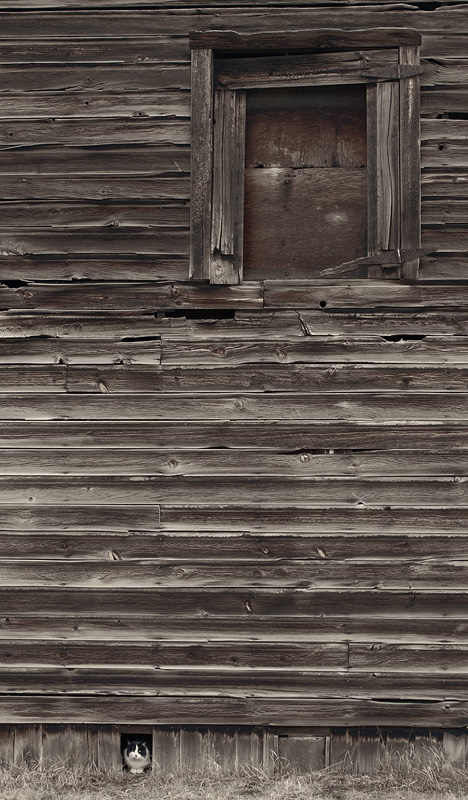New art using old techniques
 Photography is the art of writing and recording with light.
Photography is the art of writing and recording with light.
These days, a photograph tends to tell the story of the moment snapped, the people or objects, the mood or gestures. We think of the content of the story, but less about the format. This trend may be more noticeable today, with ubiquitous images on screens of all sizes from mobile phones to large computer screens. But the focus on the content may be part of the popularisation of photography with affordable film, cheaper prints, and accessible equipment. Today, intense colours, sometimes enhanced in post-processing, are dramatic and very popular. But in this post, I am thinking about photography as an art. A photograph is about a story the viewer hears. And, in a true art piece, part of the story is told through the look and subtle detail created through the production of the image.
Processes of photography
I have become very interested in modern application of old photographic techniques. This is because I recently picked up a book about the processes of photography published by a museum in Essen, Germany. The book outlines a much wider diversity of photographic printing techniques than I had previously known. Alternative photography websites also give tips on a huge variety of ways to write or draw with light. Which techniques do you know? Probably silver prints, and perhaps Cibachrome. And most of us have heard of Daguerrotypes, which were made without negatives and therefore one-of-a-kind images. Even as a photographer, I hadn’t known that in the early 1900s, photographs were printed via etching, or that gum layers were often thinly coated on top of black-and-white prints, such as palladium prints, to give a monochrome but coloured effect.
Old into new
It is possible to create a negative from a digital photograph, and then to print it using one of these techniques. I plan to try this soon – although many of the methods require sunshine (or UV light), so I intend to wait for the longer, brighter days of summer.
Another way to incorporate these techniques is to mimic the look on a digital photograph. My first attempt was to make an image similar to palladium prints.
Printing using platinum or palladium was developed before 1880, and the fact that the colourant platinum becomes embedded in the paper fibres, means that it does not degrade over time as silver-based processes do. Perhaps some of these techniques depend on expensive or hard-to-get materials, but it may be possible also to attain prints which have the characteristics of the old prints, even in digital format.
I’ve been looking at scans of platinum and palladium prints on the internet, but they range in colour tone from grey to the rosy blush I find so lovely on some prints. Here, again, the colour range could be determined also by the scan, by someone wanting to ‘correct’ the colours to normal black-and-white. For my next re-created colour range above, I plan to imitate the colours I find incredibly beautiful in this print from 1886 in the British Library collection.

Coming home from the marshes, 1886. Peter Henry Emerson [Public domain], via Wikimedia Commons©

